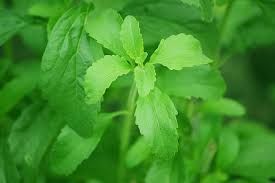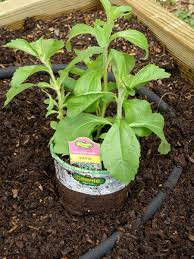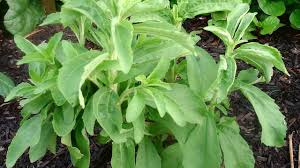Stevia, a green herb known for its intense sweetness, has been a staple in Paraguay for centuries. It has gained worldwide popularity as a natural sugar substitute, with stevia-based products reaching over $300 million in sales by 2012. While processed stevia products often raise concerns, growing your own stevia at home offers a fresh, pure alternative for sweetening teas and other beverages.
Stevia: A History of Sweetness
Stevia leaves have been used by the Guarani people for hundreds of years, typically brewed into tea. Unlike sugar, stevia is intensely sweet—up to 100 times sweeter. However, chewing stevia leaves, as some did in the past, isn’t recommended due to their overwhelming sweetness. Instead, the best way to enjoy stevia is by incorporating the leaves into your favorite herbal teas.

Growing Stevia in Your Garden
Stevia is a tender perennial and thrives in warm climates, making it ideal for those in non-freezing areas. If you live in a region with harsh winters, you can grow stevia as an annual or bring it indoors for the colder months.
To start growing stevia, it’s best to begin with a rooted plant rather than seeds, as stevia seeds have low germination rates and quickly lose viability. You can treat stevia much like basil in the garden. Plant it in well-draining, sunny soil, and make sure to pinch back the tips of the plant every four to six weeks to encourage bushiness. Harvest the leaves regularly, especially in late summer before the plant flowers. Once stevia starts to bloom, its leaves won’t be as productive.

Caring for Stevia Through Winter
In colder climates, it’s important to protect your stevia plants during the winter months. While some gardeners dig up their plants and overwinter them indoors, I find it easier to take cuttings in late summer and root them inside. Stevia cuttings, taken from small side branches, root quickly in moist seed starting mix or perlite under fluorescent light. After 2-3 weeks, once the roots are established, the new plants can be placed in a sunny window.
When spring arrives and the danger of frost has passed, trim back your indoor stevia plants and prepare the cuttings for transplanting into the garden. By doing this, you’ll have fresh, healthy plants ready for the growing season.
Preserving Stevia Leaves
Stevia leaves can be harvested and dried for later use in teas. The drying process is simple, using a dehydrator or even just pressing leaves between the pages of a book. You can combine your dried stevia leaves with other herbs like mint or raspberry leaves for unique tea blends.
For a more concentrated form, stevia can also be made into extracts or tinctures. However, these can be strong and should be used sparingly. A simple stevia infusion is a great alternative: steep a handful of leaves in boiling water for an hour, strain, and store the concentrate in the refrigerator. Each batch will vary in strength, so experiment with quantities to find your ideal level of sweetness.
Conclusion
Growing stevia is a rewarding and practical way to create your own natural sweeteners. By nurturing these plants from cuttings and enjoying the leaves in tea, you’ll have a fresh, homegrown alternative to sugar and commercial sweeteners. Whether you’re sipping it in the winter or adding it to summertime blends, stevia will always offer a uniquely sweet touch to your herbal teas.
